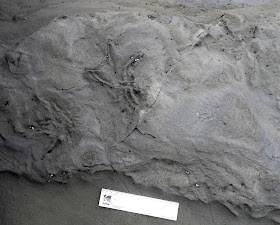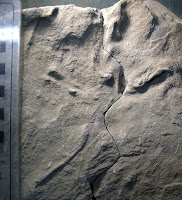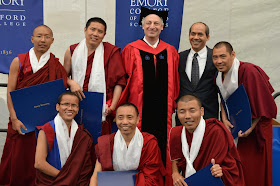By Carol Clark
Many people can recall reading at least one cherished story that they say changed their life. Now researchers at Emory University have detected what may be biological traces related to this feeling: Actual changes in the brain that linger, at least for a few days, after reading a novel.
Their findings, that reading a novel may cause changes in resting-state connectivity of the brain that persist, were published by the journal Brain Connectivity.
“Stories shape our lives and in some cases help define a person,” says neuroscientist Gregory Berns, lead author of the study and the director of Emory’s Center for Neuropolicy. “We want to understand how stories get into your brain, and what they do to it.”
His co-authors included Kristina Blaine and Brandon Pye from the Center for Neuropolicy, and Michael Prietula, professor of information systems and operations management at Emory’s Goizueta Business School.
Neurobiological research using functional magnetic resonance imaging (fMRI) has begun to identify brain networks associated with reading stories. Most previous studies have focused on the cognitive processes involved in short stories, while subjects are actually reading them as they are in the fMRI scanner.
The Emory study focused on the lingering neural effects of reading a narrative. Twenty-one Emory undergraduates participated in the experiment, which was conducted over 19 consecutive days.
The researchers chose the novel "Pompeii" for the experiment, due to its strong narrative and page-turning plot.
All of the study subjects read the same novel, “Pompeii,” a 2003 thriller by Robert Harris that is based on the real-life eruption of Mount Vesuvius in ancient Italy. “The story follows a protagonist, who is outside the city of Pompeii and notices steam and strange things happening around the volcano,” Berns says. “He tries to get back to Pompeii in time to save the woman he loves. Meanwhile, the volcano continues to bubble and nobody in the city recognizes the signs.”
The researchers chose the book due to its page-turning plot. “It depicts true events in a fictional and dramatic way,” Berns says. “It was important to us that the book had a strong narrative line.”
For the first five days, the participants came in each morning for a base-line fMRI scan of their brains in a resting state. Then they were given nine sections of the novel, about 30 pages each, over a nine-day period. They were asked to read the assigned section in the evening, and come in the following morning. After taking a quiz to ensure they had finished the assigned reading, the participants underwent an fMRI scan of their brain in a non-reading, resting state. After completing all nine sections of the novel, the participants returned for five more mornings to undergo additional scans in a resting state.
The results showed heightened connectivity in the left temporal cortex, an area of the brain associated with receptivity for language, on the mornings following the reading assignments. “Even though the participants were not actually reading the novel while they were in the scanner, they retained this heightened connectivity,” Berns says. “We call that a ‘shadow activity,’ almost like a muscle memory.”
Heightened connectivity was also seen in the central sulcus of the brain, the primary sensory motor region of the brain. Neurons of this region have been associated with making representations of sensation for the body, a phenomenon known as grounded cognition. Just thinking about running, for instance, can activate the neurons associated with the physical act of running.
“The neural changes that we found associated with physical sensation and movement systems suggest that reading a novel can transport you into the body of the protagonist,” Berns says. “We already knew that good stories can put you in someone else’s shoes in a figurative sense. Now we’re seeing that something may also be happening biologically.”
The neural changes were not just immediate reactions, Berns says, since they persisted the morning after the readings, and for the five days after the participants completed the novel.
“It remains an open question how long these neural changes might last,” Berns says. “But the fact that we’re detecting them over a few days for a randomly assigned novel suggests that your favorite novels could certainly have a bigger and longer-lasting effect on the biology of your brain.”
Credits: Top image by iStockphoto.com. Middle and bottom photos by Carol Clark.
Related:
Metaphors activate sensory areas of brain
Novelists, neuroscientists trade mental notes

































